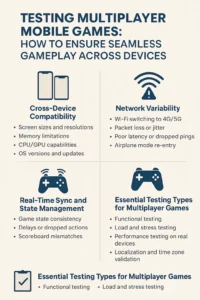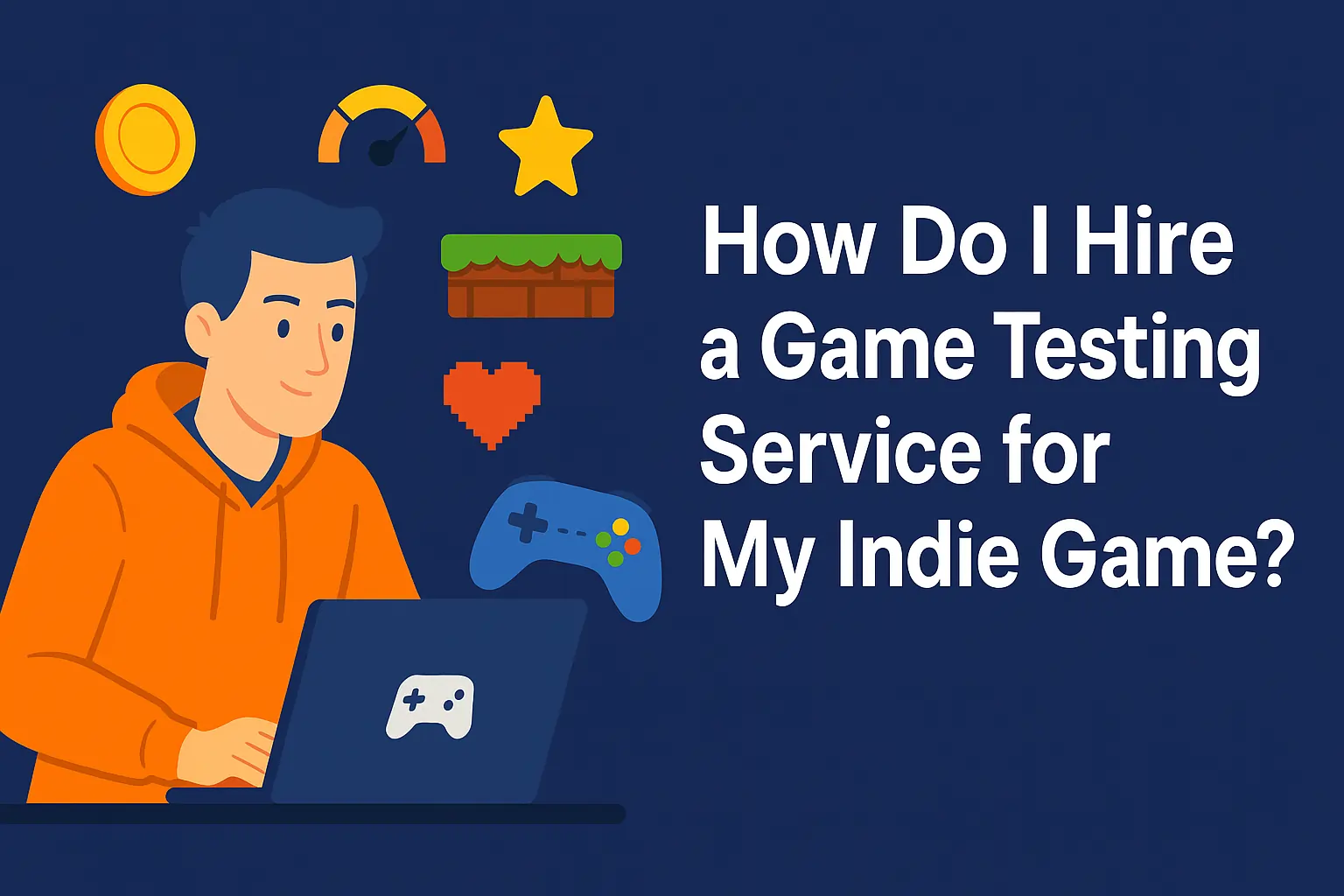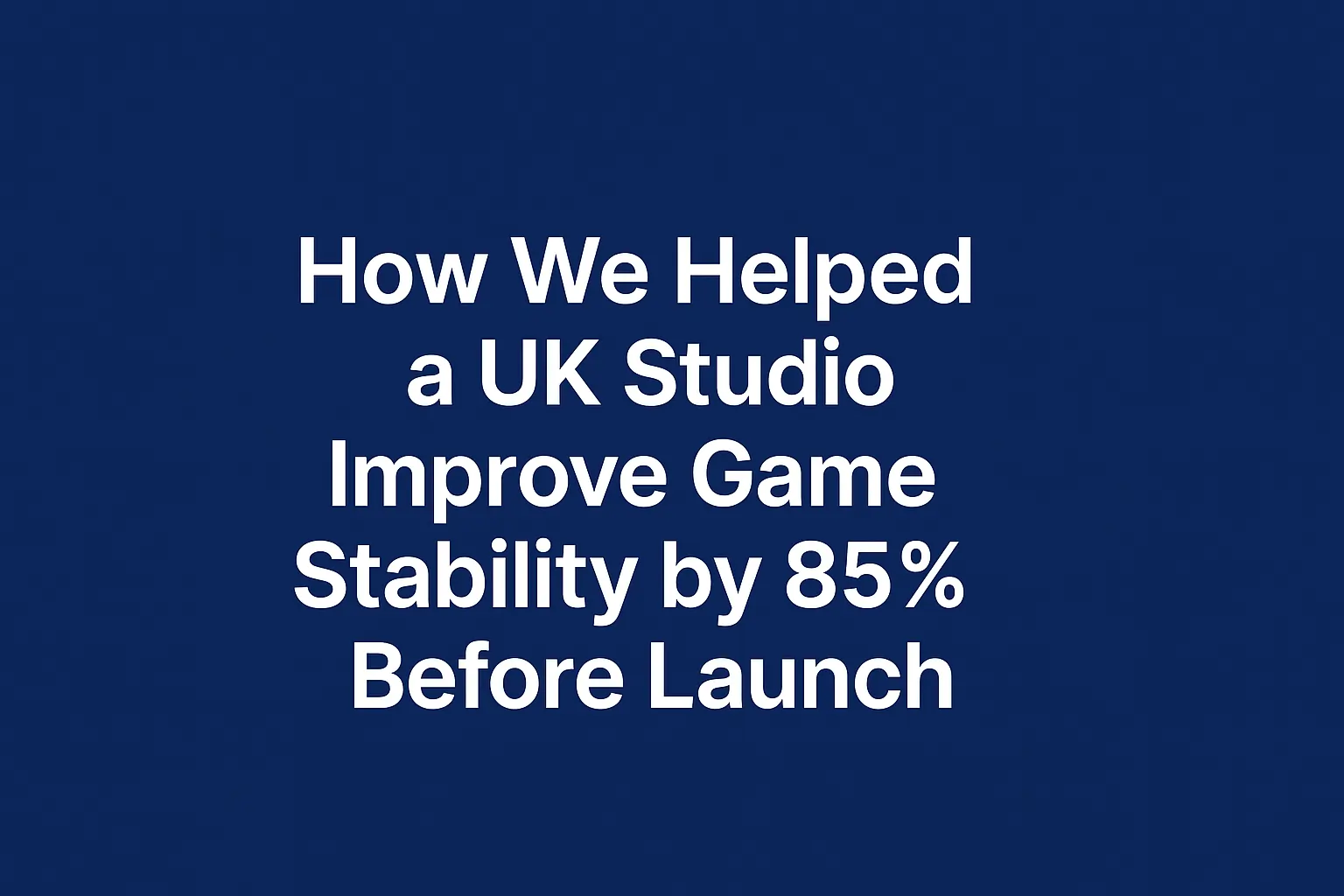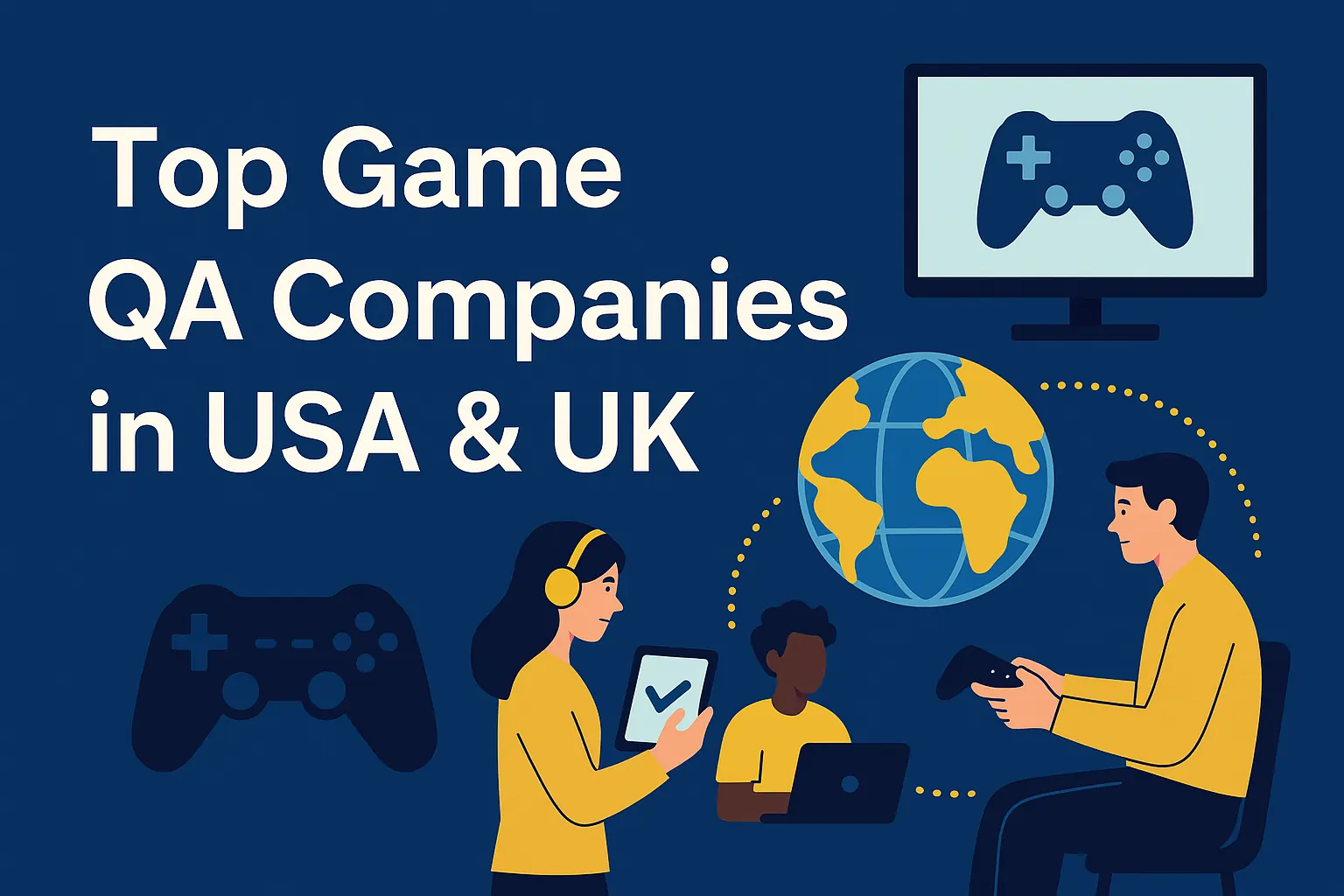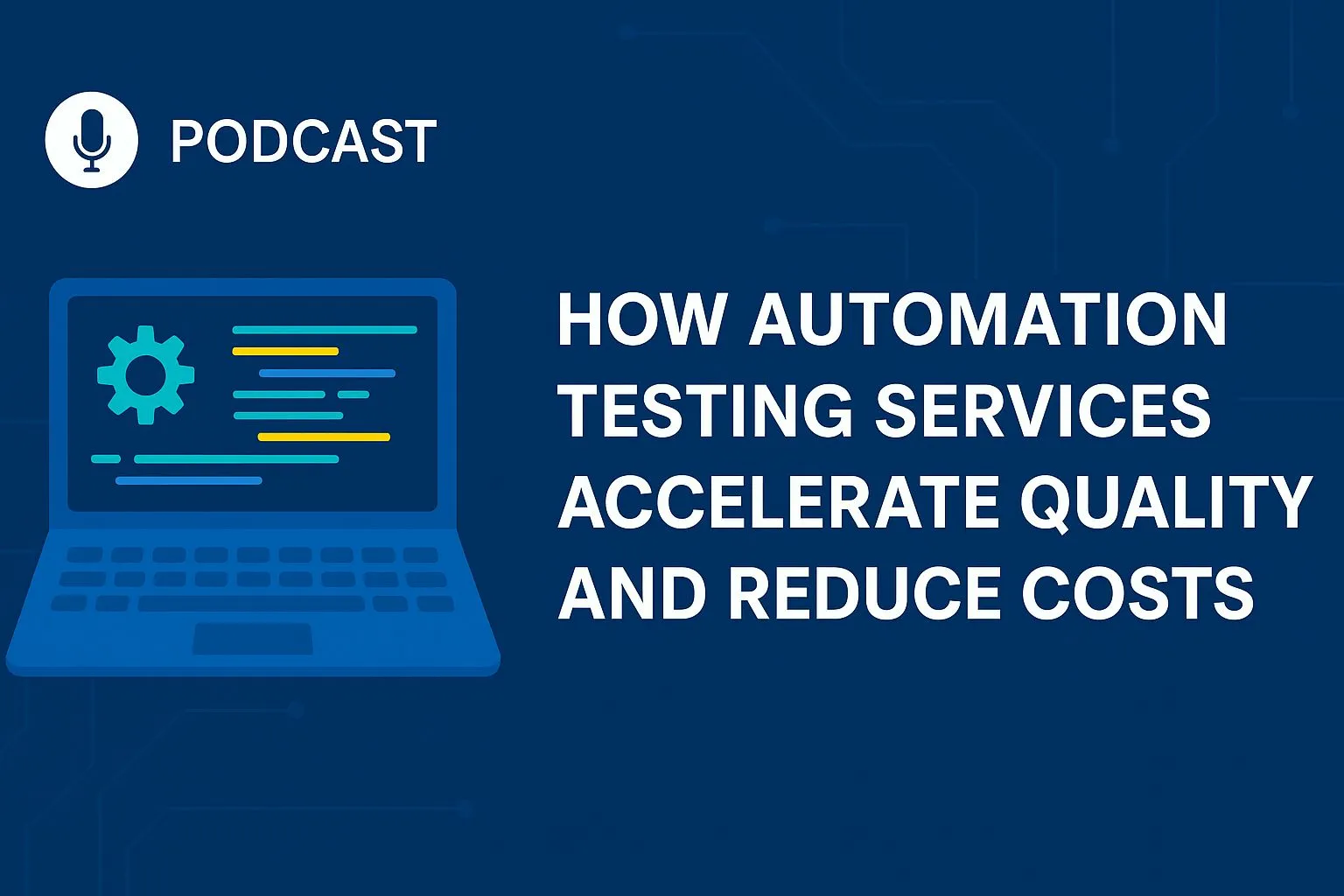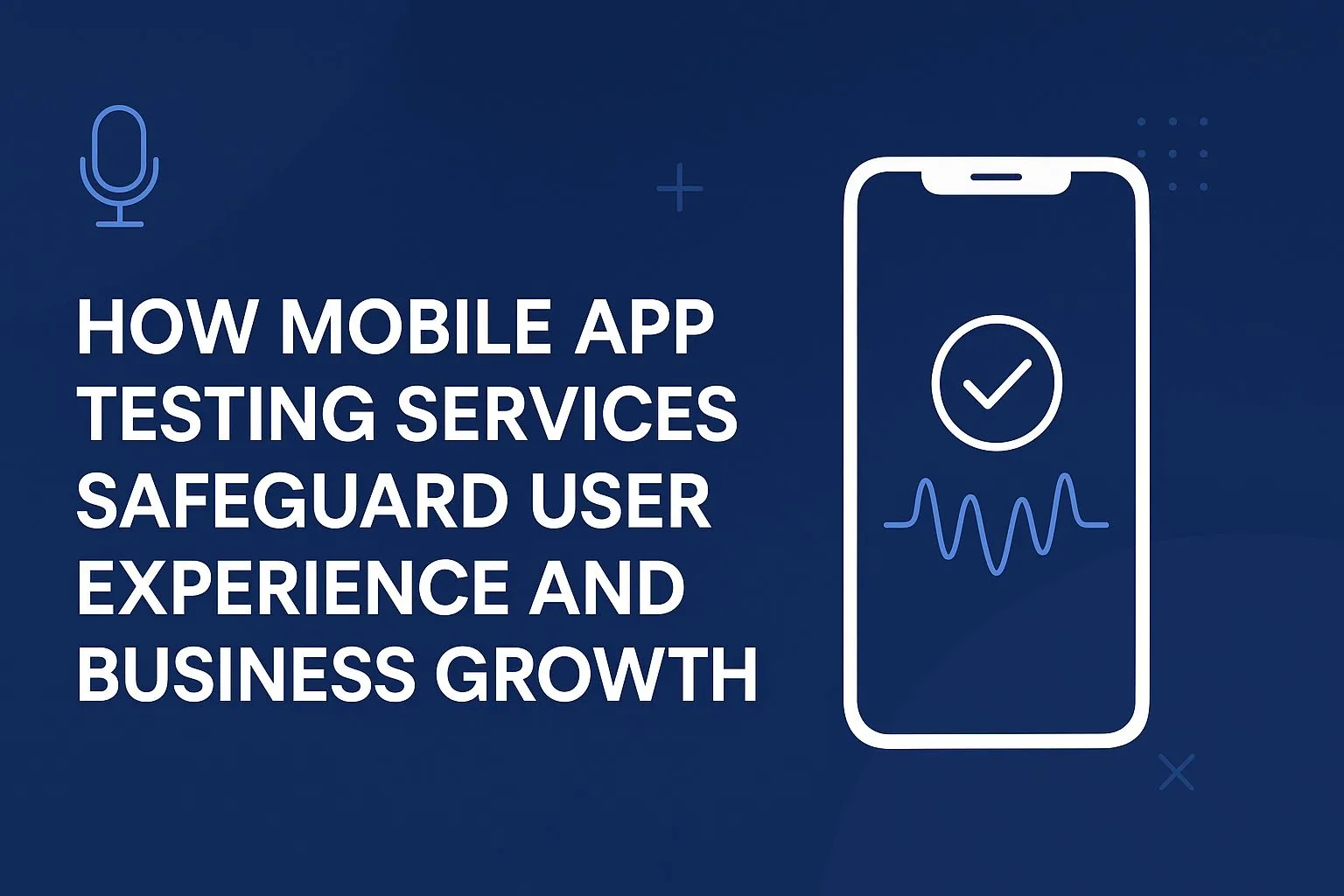Testing Multiplayer Mobile Games: How to Ensure Seamless Gameplay Across Devices
In the fast-paced world of gaming today, players want more than just fun graphics and hard gameplay. They want everything to work perfectly, especially when it comes to multiplayer mobile games. Users won’t put up with bugs, lags, or dropped connections, whether they’re playing against each other in real time or working together across levels.
That’s why game testing services are so important to the development of any multiplayer game. Making sure that performance is the same on all devices, networks, and platforms is no longer an option; it’s necessary for success.
🎮 Why Multiplayer Mobile Games Need Special QA
It’s hard to play multiplayer mobile games. They require multiple users to interact in real time, and they also depend on a combination of device hardware, OS compatibility, network stability, and game logic syncing.
Also, players might be from different parts of the world, use different smartphones, and have different internet speeds. All of these things make it much harder to test multiplayer games than to test single-player games.
👉 Want reliable QA for your multiplayer game?
🔄 Main Problems with QA for Multiplayer Mobile Games
Let’s look at some of the most common problems that come up during testing:
1. Works on different devices
Players use a wide range of devices, from cheap Android phones to the newest iPhones. Testing needs to take into account:
- Screen sizes and resolutions
- Limitations in memory
- What the CPU and GPU can do
- Versions and updates of the operating system
If there isn’t good coverage for all devices, gameplay might work fine on one but not on another.
2. Changes in the network
Network stability is very important for multiplayer gaming. Lag, desync, or broken connections can make the experience bad. QA needs to make conditions like:
- Switching Wi-Fi to 4G or 5G
- Loss of packets or jitter
- Latency problems or missed pings
- Scenarios for getting back into airplane mode
Testers can help developers make multiplayer systems that are more stable by recreating these edge cases.
3. Syncing and managing states in real time
Multiplayer games need to make sure that all players see the same game state at all times. But things like delays, dropped actions, or bad caching can make things inconsistent, like:
- Players are shooting at different times but getting different results
- Teleporting characters or rubber-banding
- Scoreboards or XP that don’t match
QA teams check to see if the game state logic stays the same on all devices, even when the connection drops for a short time.
🔧 Important Types of Testing for Multiplayer Games
Here are some of the most important types of QA that are used on multiplayer mobile games to make sure they are stable and players are happy:
✅ Testing for Functionality
It checks to make sure that all of the multiplayer features work as they should. This includes:
- Making lobbies and matching people
- Systems for inviting and making friends
- Ability to chat
- Team assignment and scoring
- Rank progression and leaderboards
Even a small mistake in the logic of matchmaking can lead to bad reviews or players quitting the game. Do you need to check the matchmaking and gameplay?
✅ Testing for Load and Stress
How many players can your game handle before it crashes? Load testing answers this question by simulating hundreds or thousands of concurrent users. It helps ensure:
- Servers grow as traffic increases
- The game runs smoothly even during busy times.
- There are no slowdowns during events or tournaments.
✅ Testing performance on real devices
Mobile multiplayer games often have problems with FPS drops, overheating, or running out of battery. Testers use real Android and iOS devices to keep an eye on:
- Frame rate when the network is busy
- Heating the device
- Using a lot of battery during long sessions
- Apps crash on phones with little memory
Cross-device performance testing helps developers make sure that all players have a good time, not just those with the latest phones.
🌍 Testing for localization and time zones
In multiplayer games, people from different time zones and areas can join. QA must check:
- Events and countdowns that are time-sensitive
- Battles or tournaments that are planned
- Instructions for multiplayer games in different languages
- Correct matchmaking for each region
If the time zone logic is off by even a few hours, whole event systems can stop working.
🧪 Game QA on Different Platforms: Android vs. iOS
Testing Android games can be hard because of fragmentation, but testing iOS games can be hard too because of strict App Store rules, limited background processing, and permission-based network access.
A good mobile game QA partner makes sure that checks are done for each platform.
- Alerts for events that happen in real time
- Syncing in-app purchases between players
- Push permission flows when you invite people to play with you
- Integration with Game Center and Play Games Services
👉 Are you worried about multiplayer problems that only happen on certain platforms?
🧠 Case Study: How to Help a US-Based Studio Get Started Smoothly
A game studio in California asked us to test their multiplayer puzzle shooter. They had tried out the single-player mode, but they didn’t have the time or money to fully test multiplayer interactions on different devices and networks.
⚠️ Important things we found:
- Android players couldn’t share scores with iOS players.
- When the app was in the background, match invites didn’t work.
- When the phone switched from Wi-Fi to 4G, time-limited challenges didn’t work.
- During fast-paced gameplay, high-end devices showed desync.
✅ What we did:
- We ran multiplayer stress tests on more than 25 real devices.
- Simulated changes in the network and delays in packets
- Checked that friends and guest users could sync their sessions.
- Gave detailed bug reports with steps to reproduce and video logs
Results:
After the fix, the game’s crash rate went down by 72%, and the number of people playing multiplayer games went up by 46% in the first two weeks.
🎯 What You Should Expect from a Game Testing Partner
A good QA partner will not only find bugs, but they will also help everyone enjoy the game more. When choosing a testing partner, make sure they have:
- Access to more than 30 real Android and iOS devices
- Knowing how to use multiplayer frameworks like Firebase, Unity Netcode, or Photon at the same time
- Knowing how to use packet sniffers, Charles Proxy, Wireshark, and Fiddler
- Structured reporting that keeps track of edge cases, crash logs, and videos
- Testing on different types of networks, like Wi-Fi, 3G, 4G, and 5G
👉 Want to try out some reliable multiplayer games?
🔚 Final Thoughts: Multiplayer QA Changes the Rules
If there is a bug in a multiplayer mobile game, you could lose thousands of players. But testing on different devices, networks, and in real life regularly keeps players interested and happy.
You can avoid embarrassing problems at launch, keep players coming back, and make sure your multiplayer games are free of bugs by working with the right game testing services provider.
No matter what kind of game you’re making, like the next big battle royale or a co-op puzzle game, smart QA will always be your best defence.
🔍 Questions that are often asked about testing multiplayer mobile games
-
What makes testing multiplayer mobile games harder than testing single-player games?
It is a lot harder because it needs real-time syncing, reliable networks, devices that work with each other, and multiple users to be able to talk to each other.
-
What tools do you use to do multiplayer QA?
Charles Proxy, Fiddler, Unity Profiler, Firebase Test Lab, and real device labs are some of the tools that people use to make fake multiplayer environments.
-
How long does it usually take to do QA on multiplayer games?
Depending on how hard the game is and whether or not there are cross-platform and network edge cases, a full test cycle can take anywhere from one to three weeks.
-
Can you test multiplayer on both Android and iOS?
Yes. A professional QA partner will have real devices for both platforms to make sure everything is covered.
-
Do you let more than one person test the game at the same time?
Yes, of course. We test in real time with a lot of testers using different devices and network conditions.
📞 Ready to Launch with Confidence?
At Testers HUB, we help gaming studios across the US, UK, and globally test their multiplayer games with:
✅ Cross-device coverage
✅ Real-time testing sessions
✅ Deep bug reporting
✅ Server stress simulation


